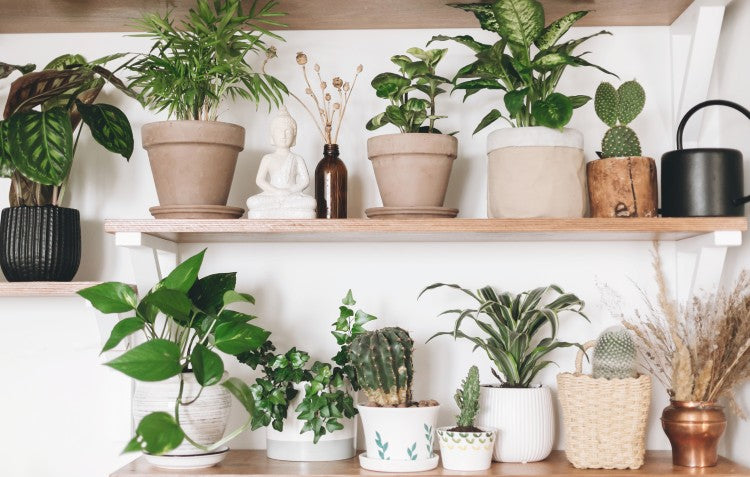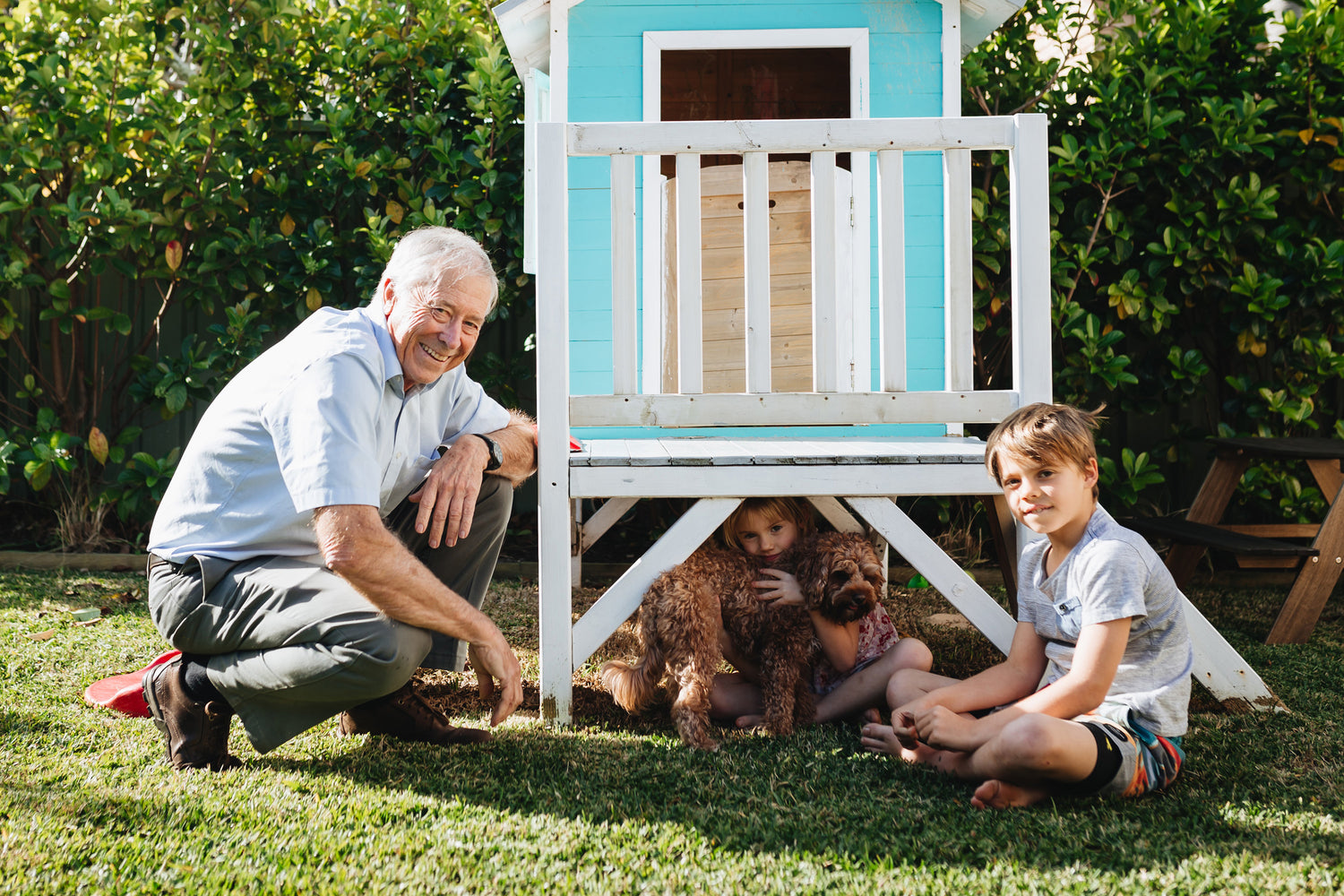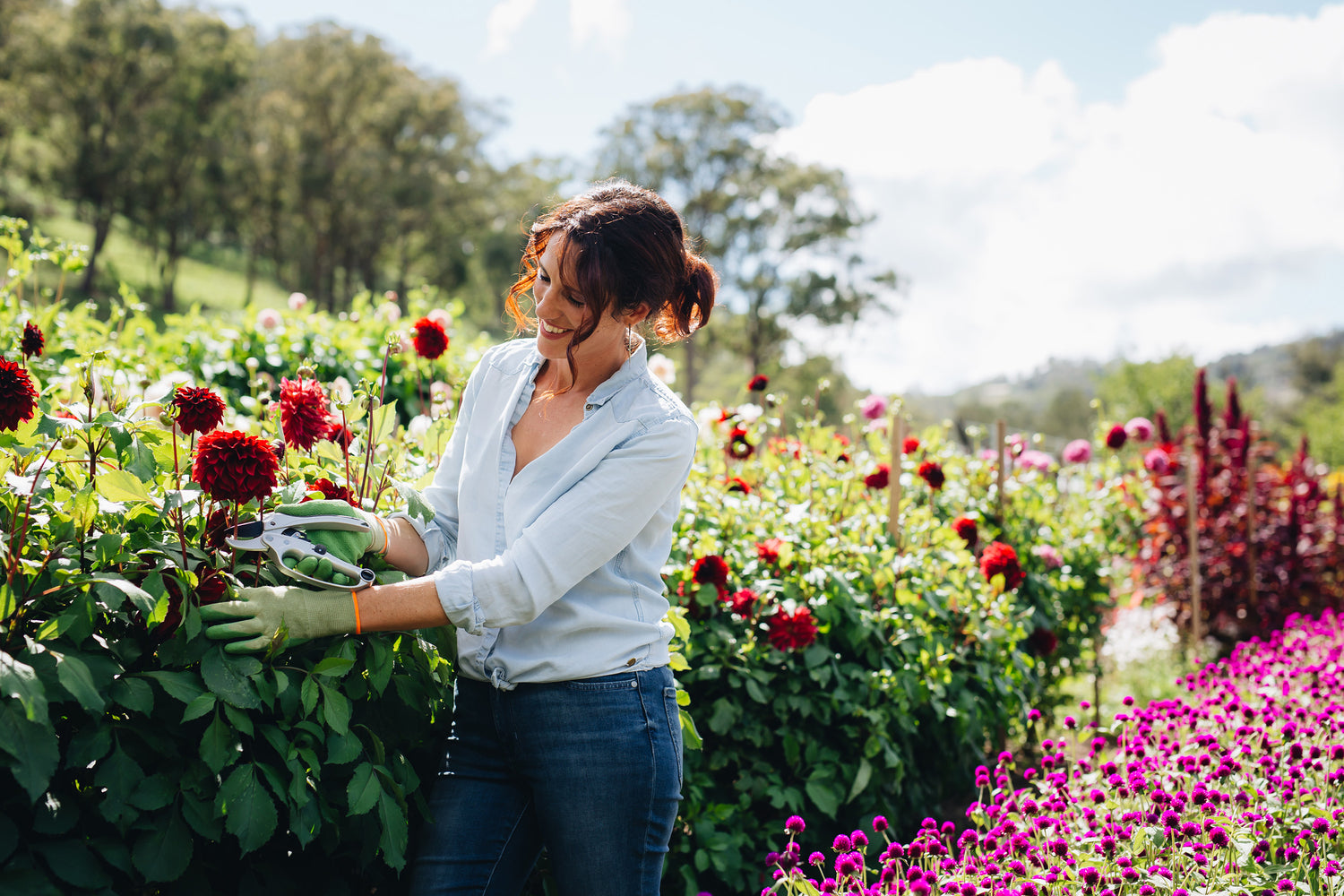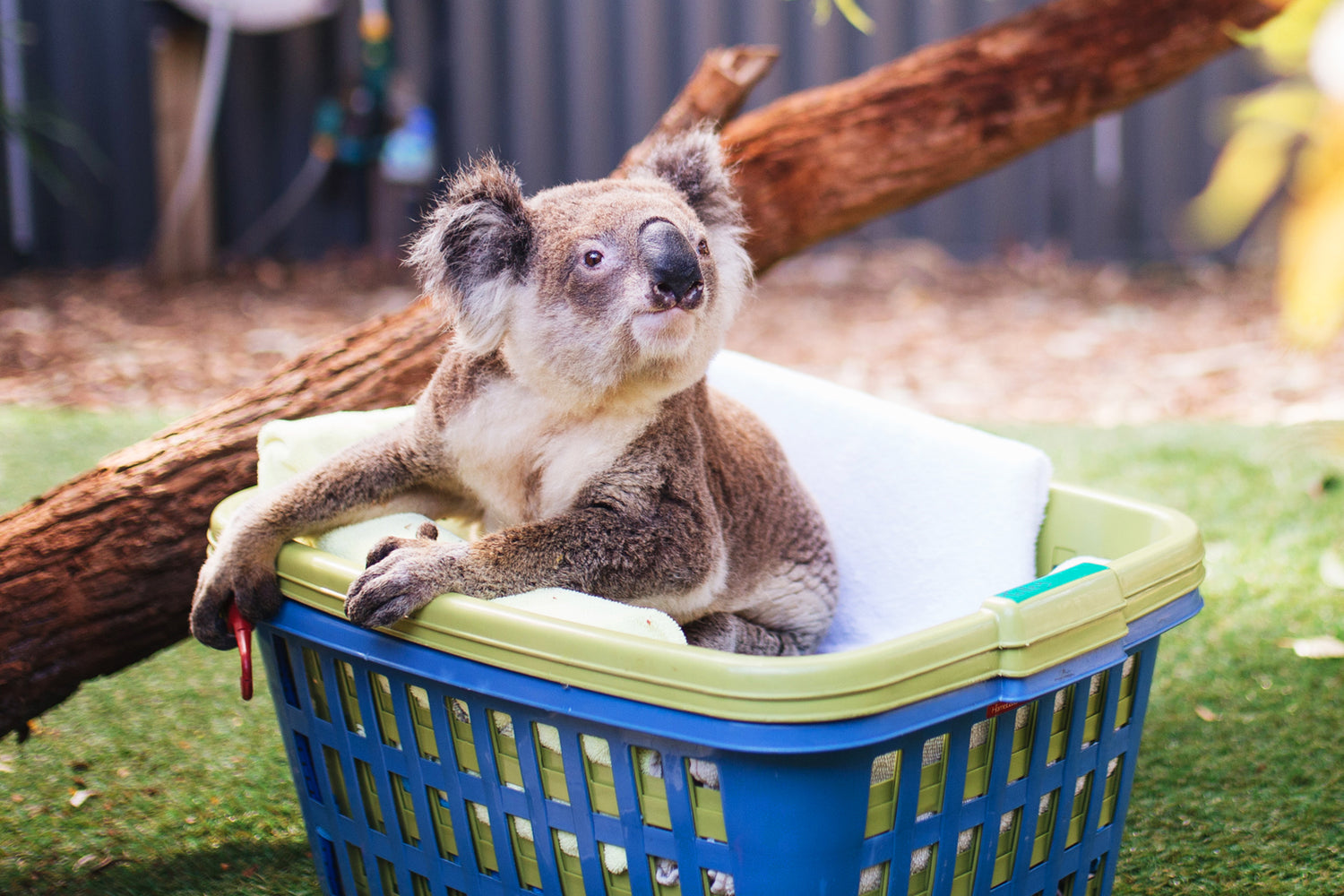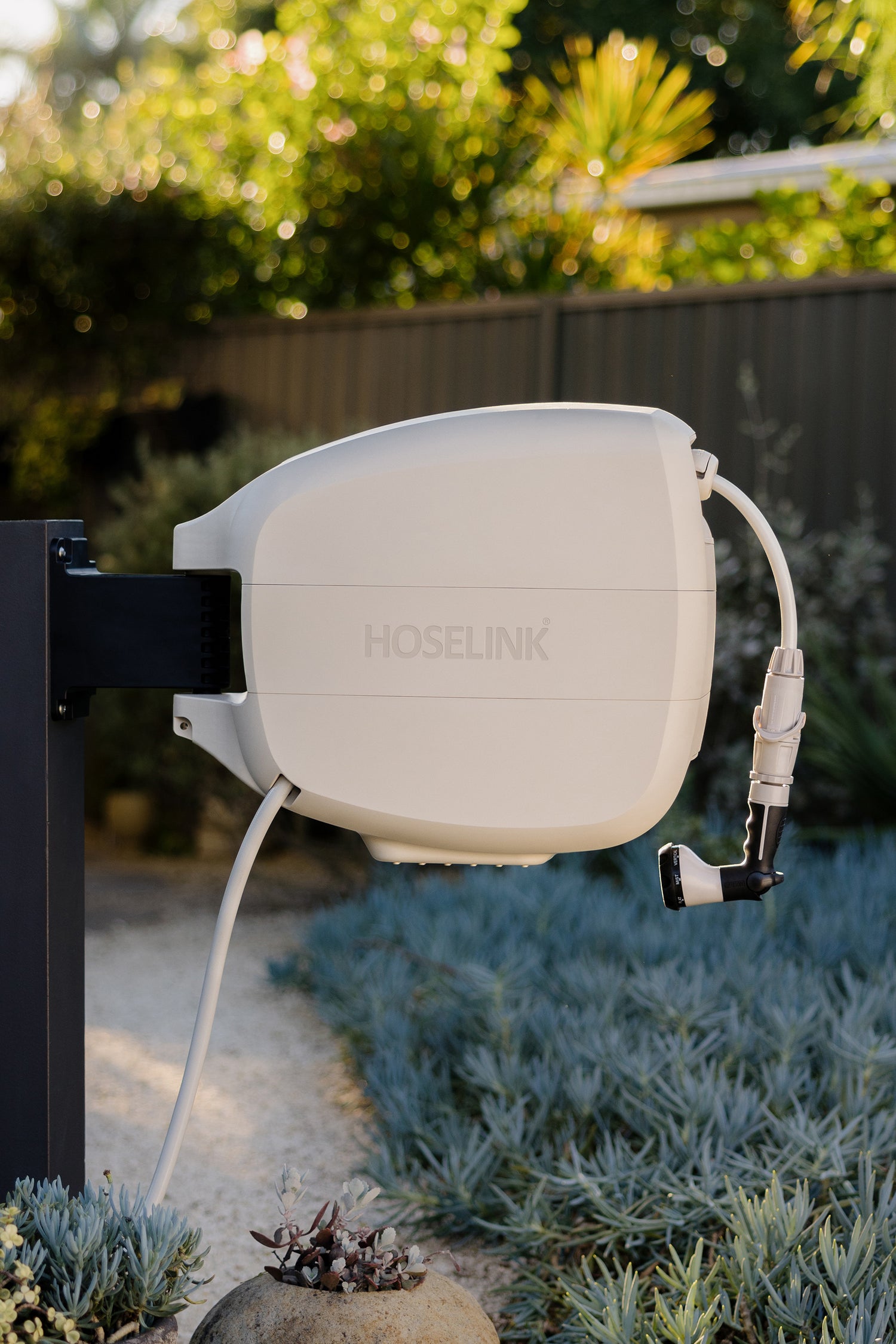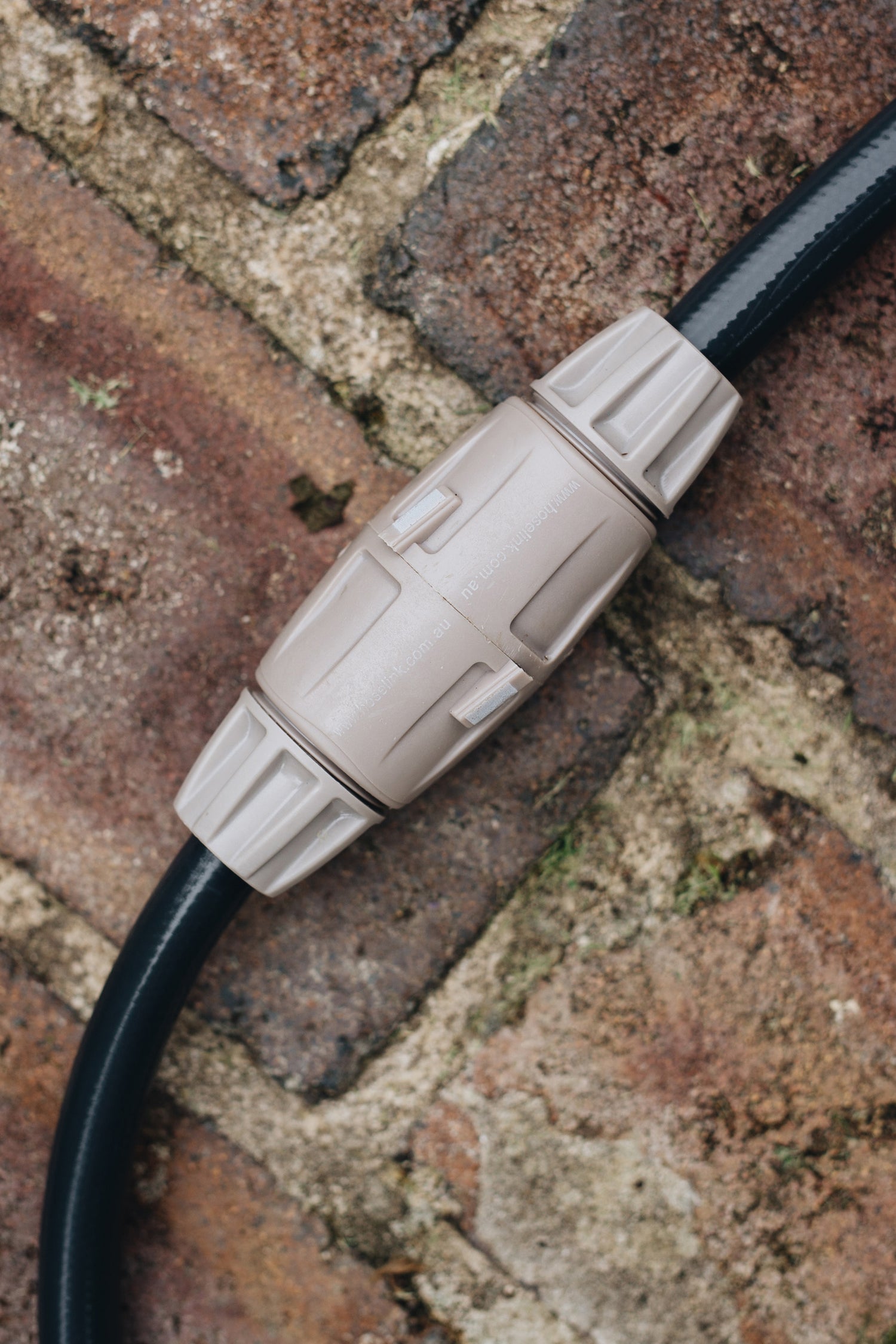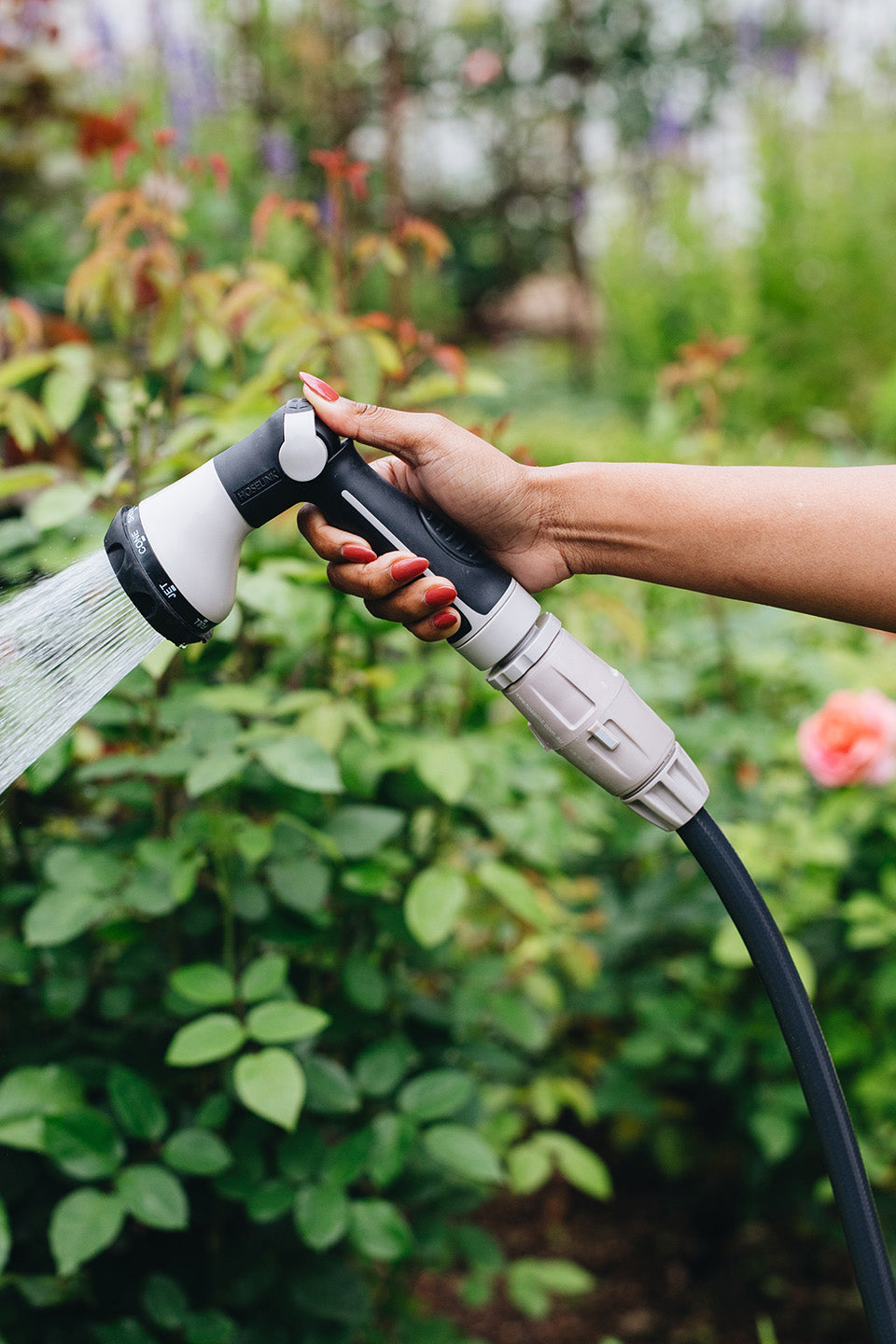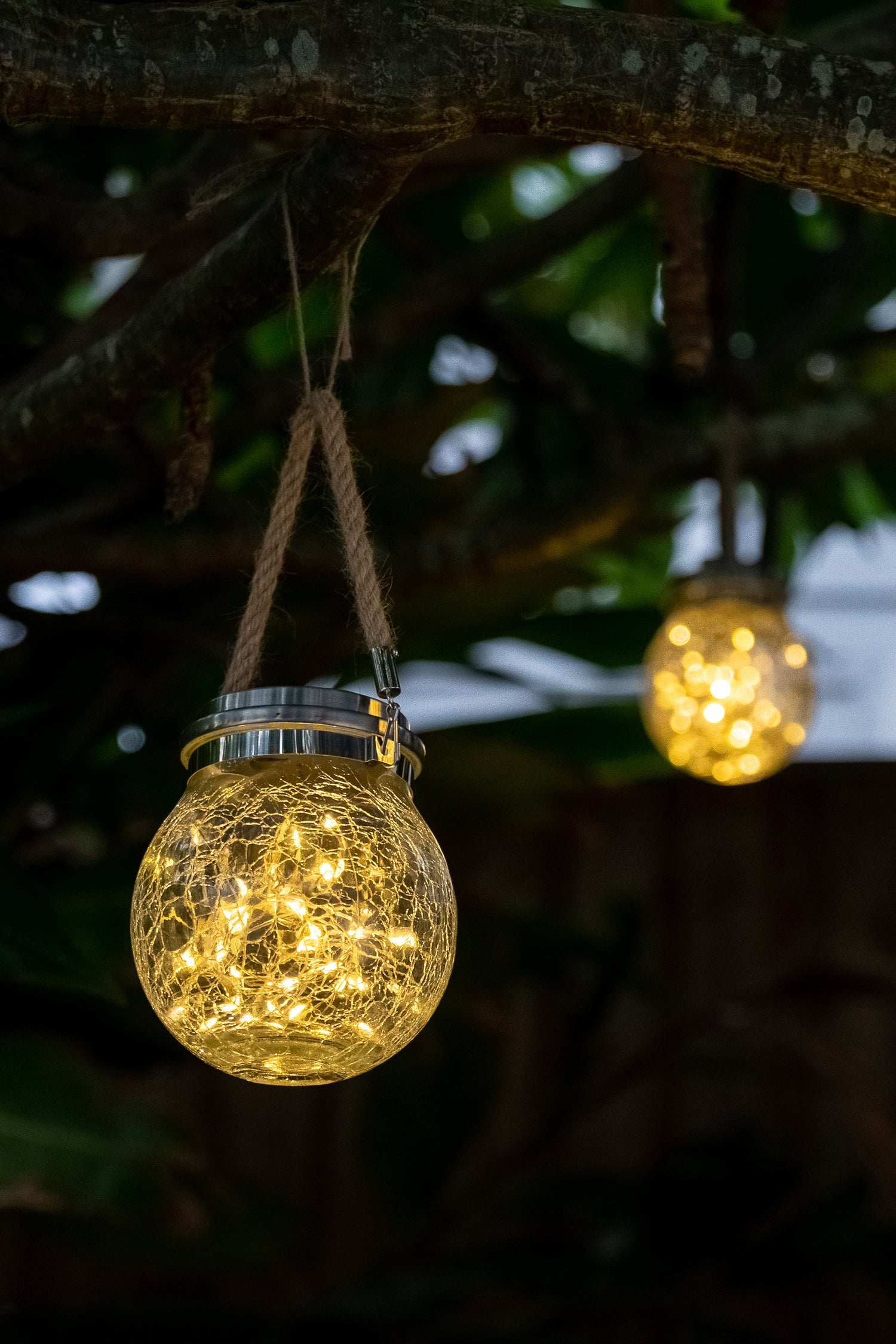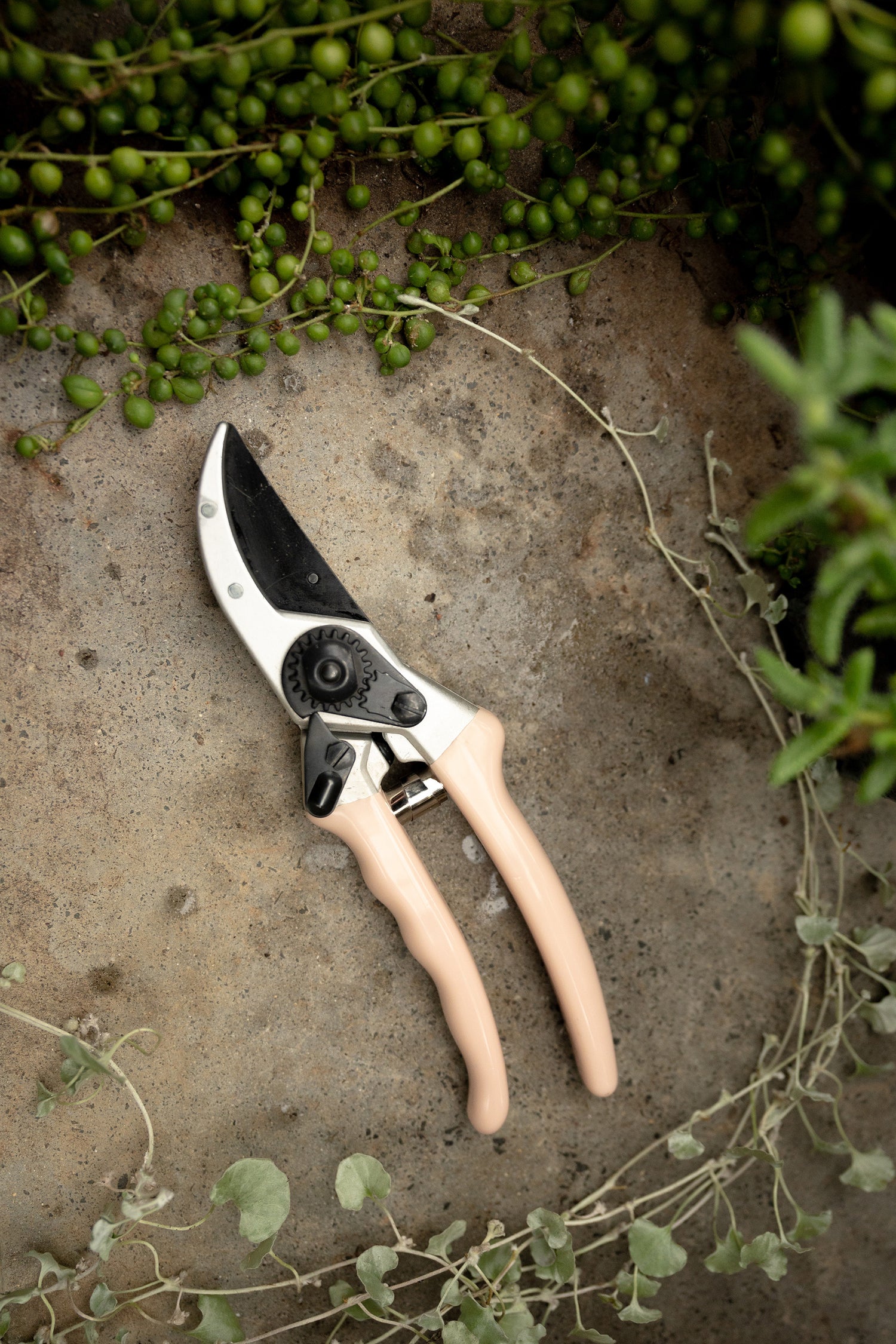Whether it be a traditional flower pot or an upcycled guitar, container gardening requires plants that are happy to live in confined spaces. Here are 6 plants that aren’t claustrophobic.
Anthurium
- Thrive in bright humid conditions with moist soil.
- Humidity & prolonged warmth are required for flowering.
- Intolerant of frost, although happy with cool conditions, but don't expose to cold drafts.
- Feed well to encourage lush foliage & continuous flowering.

Orchid (Phalaenopis Orchid, Moth Orchid)
- Long lasting blooms (approx. 2-3 months).
- Recommended to repot them every 2-3 years.
- Likes being kept moist with high humidity
- Prefers diffused or low light

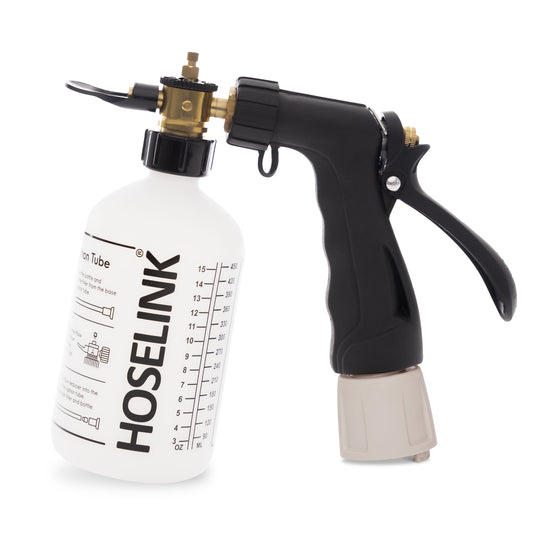
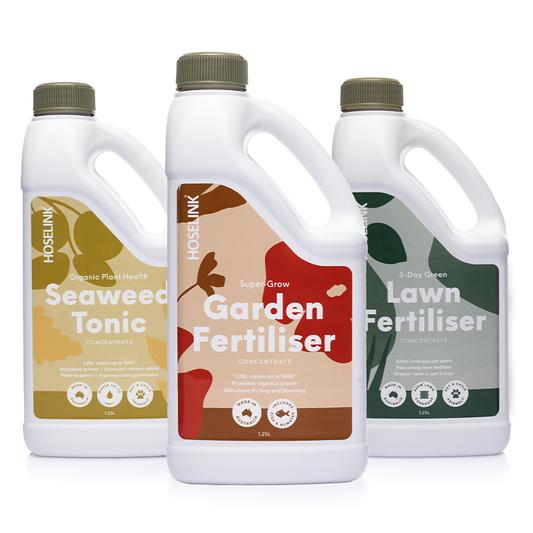
Gardenia
- Most Gardenia species perform best in a well-drained soil
- Sunny or partly shaded position.
- When in growth, mulch with good quality compost and fertilizer.
- Water & feed well to promote lush foliage & heavy flowering.
- In cool climates grow in a heated greenhouse, as most gardenias are frost tender.

Cactus
- Full sun/part shade
- Drought tolerant
- Not suitable for full shade
- Do not over water
- Use good quality cactus potting mix

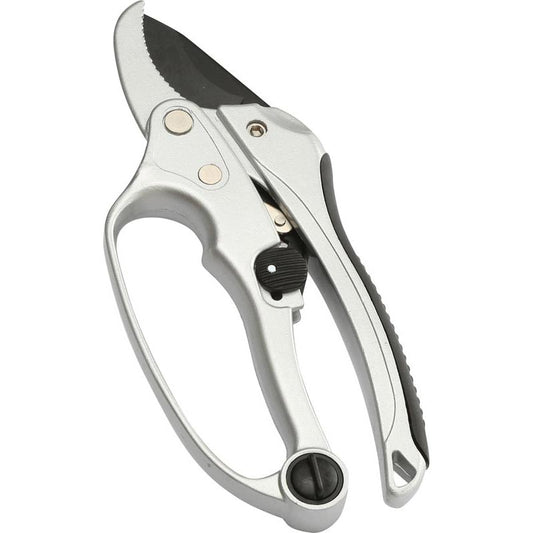
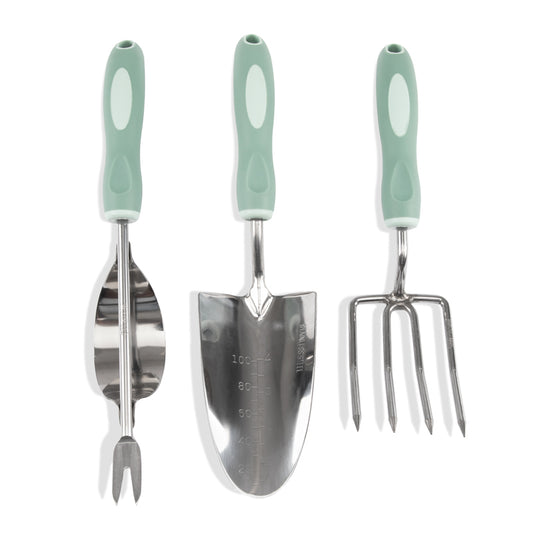
Peace Lily
- Peace lilies are great for cleaning the air.
- Medium to low light - In more light they'll produce more flowers but too much light won’t do it any good.
- Prefers to be under watered, check the soil once a week & if it’s damp don’t water. Some people wait for it to droop before watering again.
- Shower once a year to dust off

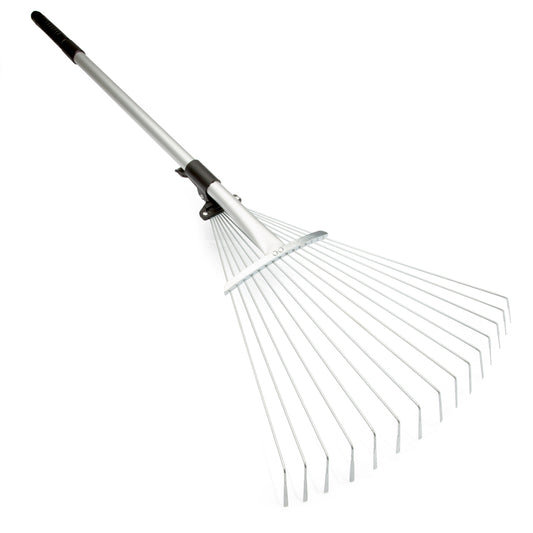

Yukka
- Yucca are a popular house plant but they have leaves that are sharp so you don’t want to brush past them.
- Great for pots because removing a yucca isn’t that easy as it can regrow from any remaining root.
- It’s a good idea to cut old leaves away in the spring.
- Indoors & Outdoors
- Full sun or indirect sunlight
- Any soil as long as it's well drained
- Waiting until it's dry to be watered
- Doesn't mind temps as cold as 100C

Hopefully these great examples of very different pot plants, have inspired you to get potting.
Happy Growing!
N.B. This article has been written for Australian gardens. If you're reading this from around the world, we do hope you've found it a useful stepping stone for your own further research.

